
10 Eco-Friendly Cosmetics Packaging Ideas to Inspire Sustainable Beauty Brands in 2025
2025-07-13
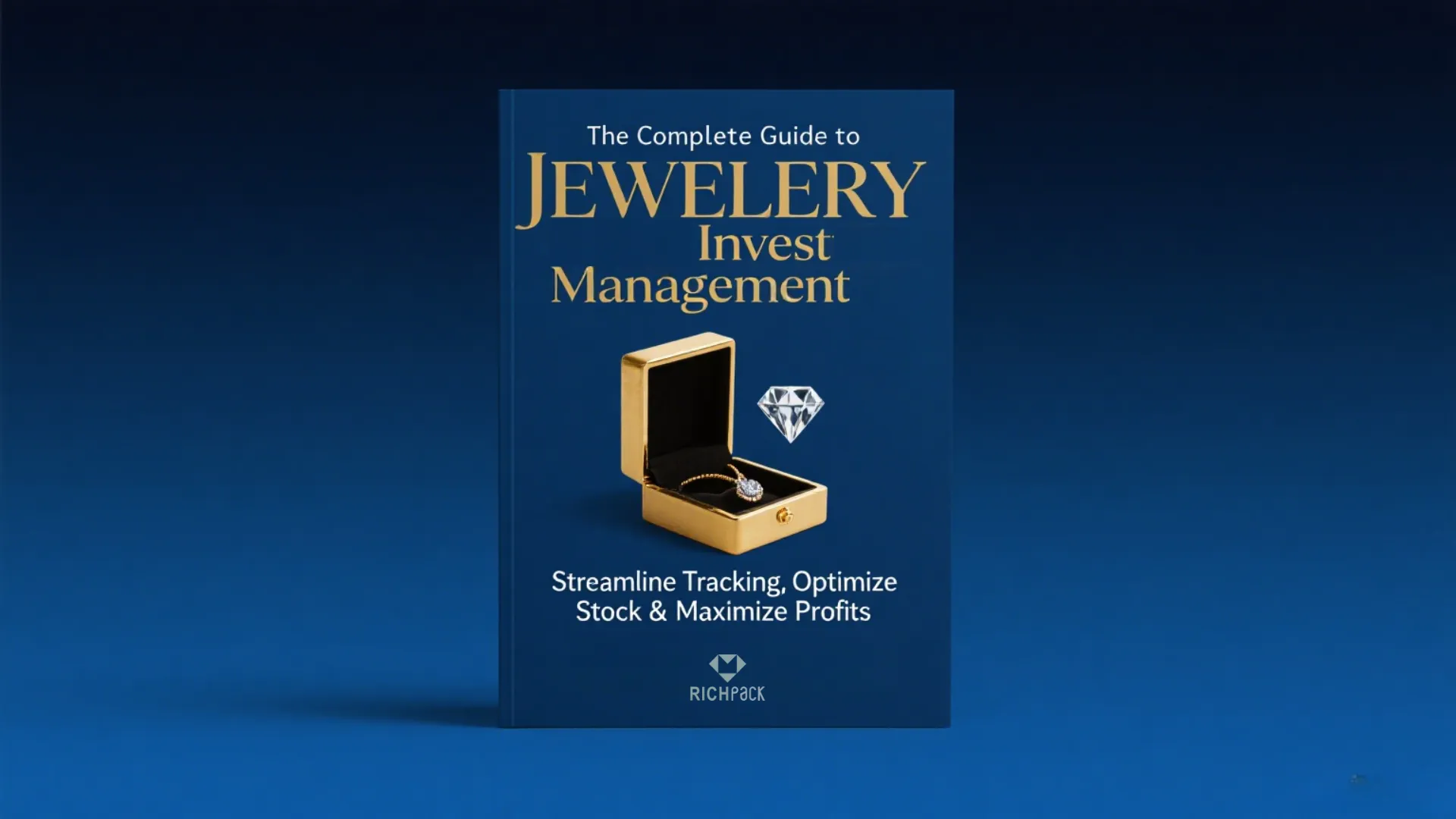
Have you ever felt that a significant portion of your capital and creative energy is trapped in your inventory? For a jeweler, inventory is not just a collection of beautiful items; it is the lifeblood of the business. Managed correctly, it’s a dynamic asset that generates cash flow. Managed poorly, it becomes a static liability, silently draining your resources. This guide goes beyond the basics to provide you with the advanced strategies needed to turn your inventory into your most powerful tool for growth.
Jewellery inventory management refers to the entire process of tracking every piece of jewelry from the point of purchase (or manufacture) to the point of sale. Effective jewelry management is also the process by which you learn to predict consumer buying patterns and truly organize jewelry assets for profitability. It’s about having a granular, real-time understanding of every item’s journey, its cost, its location, and its contribution to your bottom line, directly impacting your Return on Investment (ROI).
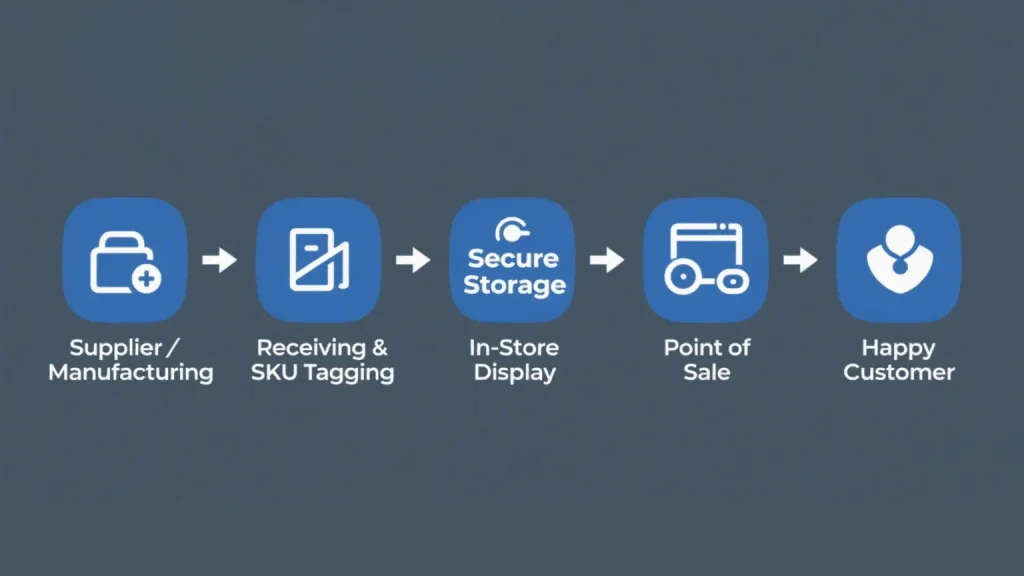
By implementing an effective jewelry inventory system, you will be able to balance replenishing your jewelry stock without overstocking. As any retailer can attest, achieving this balance is critical, and often requires a dedicated jewelry inventory program or software.
A robust system, whether it’s a spreadsheet or advanced jewelry inventory management software, offers numerous advantages, from significant cost savings to optimized cash flow. It transforms your operations from reactive guesswork to proactive, data-driven strategy.
This is a key advantage. When you track jewelry and every item is accounted for within a system, there are no surprises. The pain of telling a customer their desired anniversary gift is out of stock is more than just a single lost sale; it’s a lost opportunity for a lifelong client. An effective system mitigates this risk. When your supply runs low, you’ll see it coming. This includes not only finished pieces but also your jewelry store supplies and packaging. A good system prevents you from searching for supplies you thought you had, only to find they’re gone.

This is especially critical for custom-branded packaging, which often has longer production lead times than generic supplies. The last thing a premium brand wants is a high-value sale being compromised by a substandard box due to poor inventory planning. Deciding on the right packaging is a strategic decision; you can learn How to Choose the Best Jewelry Packaging Solution for Your Brand in our detailed guide.“
An integrated supplier like Richpack, which has over 15 years of experience specializing in the entire custom jewelry packaging lifecycle from design to global delivery, can help streamline this part of your supply chain, ensuring your brand presentation never falters.
Once you clearly understand your inventory flow—what’s coming in, what’s going out, and what’s sitting idle—you can purchase with confidence. A quality jewelry inventory program provides the data needed to buy quantities that reflect projected sales. Excessive inventory also increases your total holding costs—the often-hidden expenses of insurance, security, potential damage, and capital tied up in the product itself. According to industry analysis from sources like Investopedia, these holding costs can amount to a staggering 20-30% of your inventory’s value each year. Excessive jewelry inventory storage expenses are just one part of this; the cost of capital is often the largest.
Even with ample space, holding too much inventory increases the risk of dead stock. These are items that have remained unsold for too long (experts suggest no more than 12 months). Once a piece of jewelry loses its fashionable appeal, its value declines rapidly. This is where tracking your inventory turnover rate (Cost of Goods Sold / Average Inventory) is vital. This key performance indicator (KPI) tells you how quickly you are converting inventory into cash. A low rate is a clear warning sign that your capital is frozen in non-performing assets. Effective management of your jewellery inventory is the best defense against this loss.
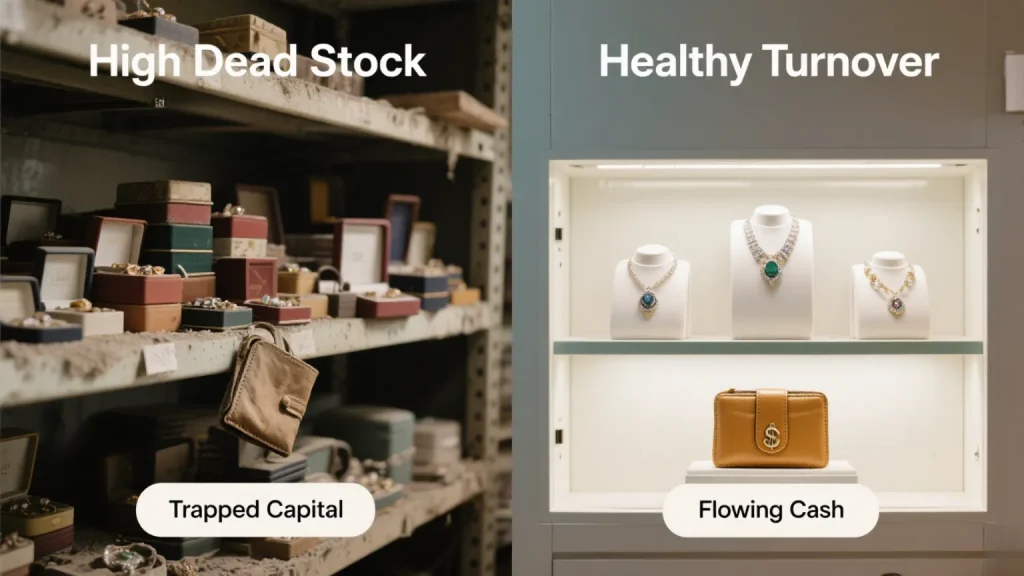
Less overstocking leads directly to healthier cash flow. Instead of tying up capital in excess supplies, you can fuel your business’s daily operations and marketing expenses. This isn’t just about paying bills; it’s about agility. Free cash flow allows you to quickly invest in emerging trends, capitalize on unique gemstone opportunities, or scale your marketing during peak seasons. Implementing a jewellery inventory management system can free up much-needed cash and significantly improve your financial stability.
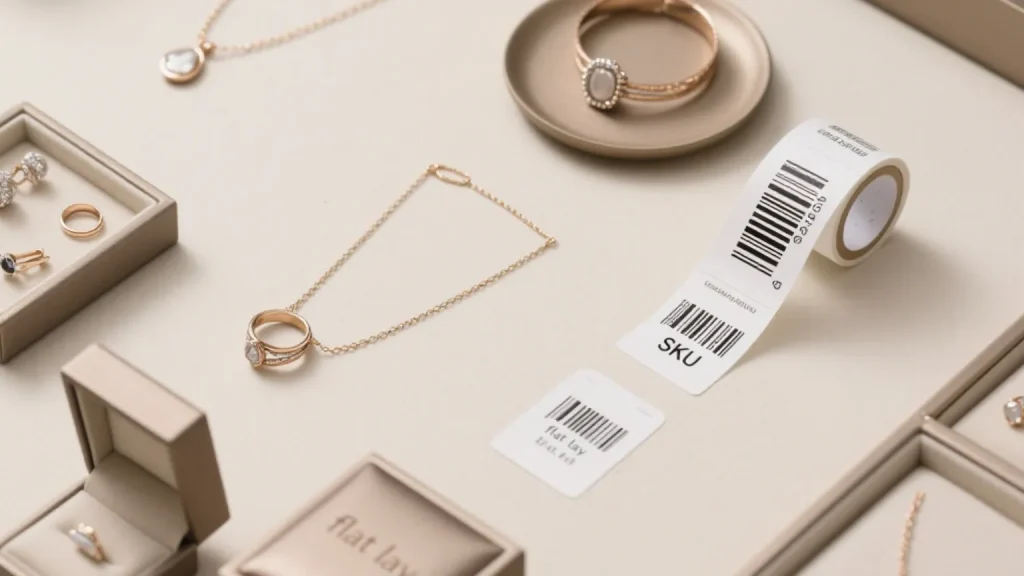
In short: everything. Your jewelry inventory is more than just finished pieces. It is a comprehensive list that includes:
Items you hold and sell on behalf of another designer or vendor. It is critical that your system can segregate this stock from your own for accurate financial reporting and partner payouts.
To efficiently manage your assets, you can adopt several key practices that form the foundation of any good jewelry management software.
It is essential to label every piece of jewelry, typically with a barcode or an SKU (Stock Keeping Unit). Many jewelers create intelligent SKUs (e.g., ‘R-GLD-DI’ for Ring-Gold-Diamond). A powerful SKU formula might look like: [Category]-[SupplierCode]-[Material]-[UniqueIdentifier], such as NK-S12-14WG-0045 for a 14k white gold necklace from supplier #12. This level of detail allows for instant identification and powerful reporting.
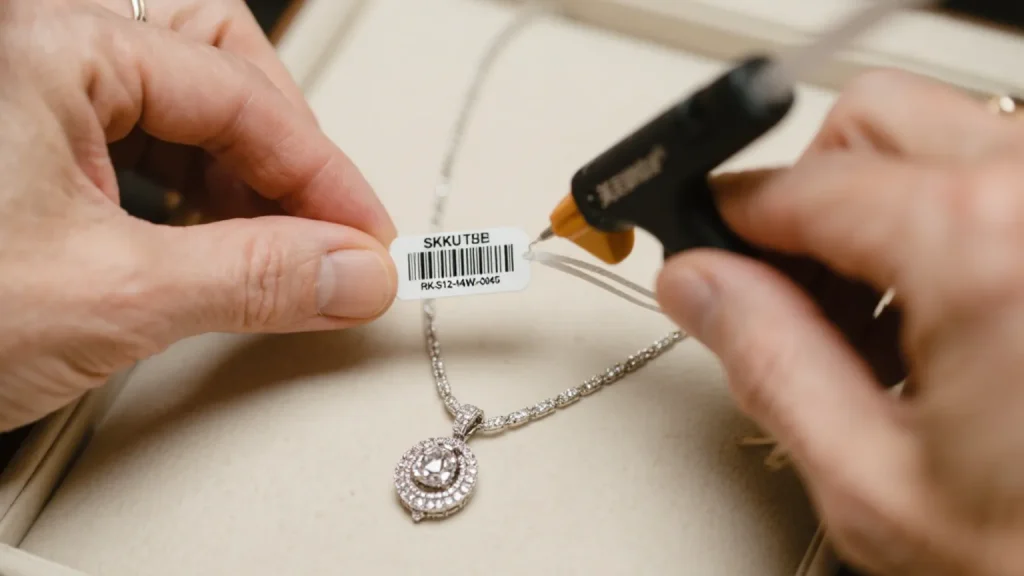
Every item should have a designated place. Proper jewelry inventory storage solutions, such as stackable trays, prevent damage and loss, making items easier to find and count during audits. The quality of your primary packaging also plays a significant role here, acting as the first layer of protection for the asset while it’s in your inventory. Investing in a range of high-quality, custom jewelry boxes ensures that every piece is secure from damage and tarnishing while in storage. To find the perfect storage solution for your specific needs, explore our Ultimate Guide to Choosing Stackable Jewelry Trays for Drawers.
Furthermore, in the unfortunate event of theft or damage, these detailed and accurate inventory records are non-negotiable for filing a successful and timely insurance claim, proving the value of what you’ve lost.
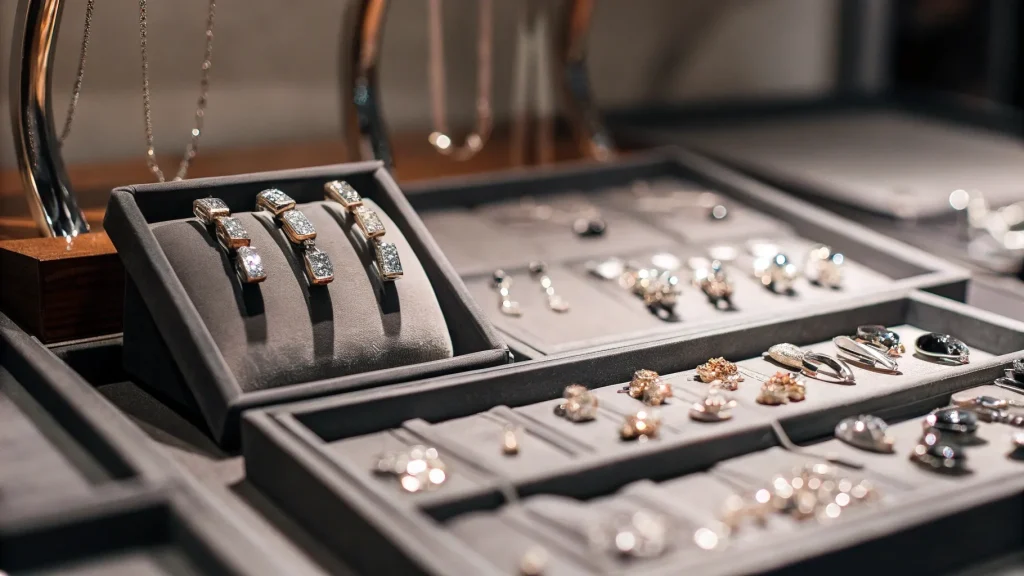
Set aside time daily for a quick track-and-update. This is not a full audit! This daily reconciliation should include logging all sales, returns, and components used in repairs or custom work. If you maintain this daily discipline, you can reduce full physical counts to quarterly or even annually. For more manageable audits, implement cycle counting: counting a small section of your inventory each week, so that over a quarter, you’ve audited everything without a major business shutdown.
It’s tempting to display only new pieces, but this puts older items at risk of becoming dead stock. Rotate your displays, give older items a prime spot, and refresh their presentation. For a more strategic approach, use ABC analysis: Categorize your inventory into ‘A’ items (high-value, low-quantity top sellers), ‘B’ items (moderate value/quantity), and ‘C’ items (low-value, high-quantity). Focus your prime display real estate on moving ‘A’ and ‘B’ items, and create specific strategies for aging stock within each category. Refresh its display, place it in a high-traffic spot.
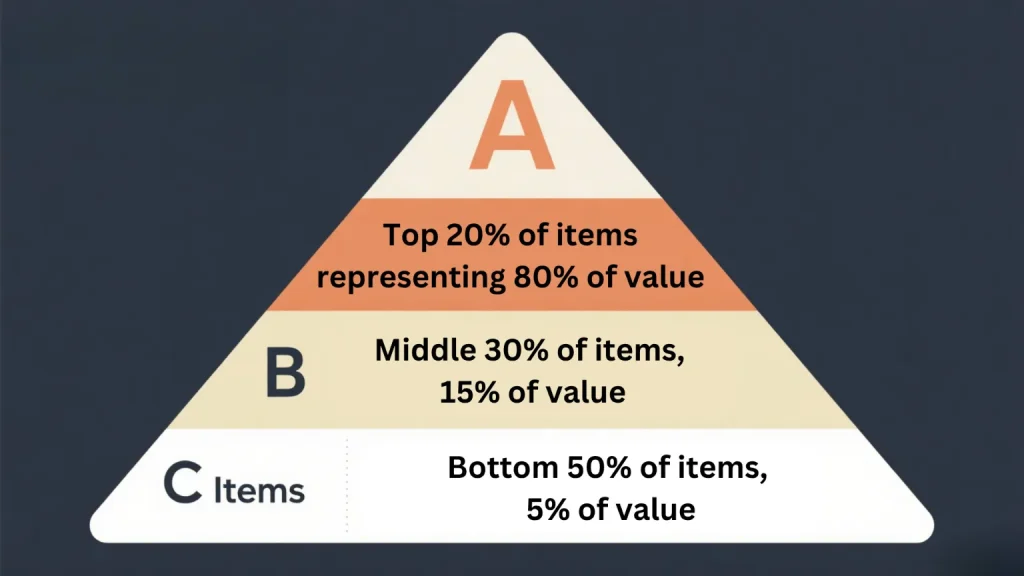
For creative and effective ways to showcase your pieces and drive sales, check out our list of the 10 Best Jewelry Display Solutions for Retail Success.
Less is more. A curated collection prevents “choice overload” for customers, often leading to more sales. Use the data from your inventory records—specifically your sell-through rates—to focus on core styles that sell. This strategy, known as Just-in-Time (JIT) inventory, supported by insights from your inventory management software for jewellery, allows you to keep your inventory fresh and responsive to consumer demand without tying up unnecessary capital.
Your inventory system is only as good as the people who use it. Human error is a leading cause of inventory shrinkage. It’s crucial to establish clear protocols and provide thorough training for your staff. Define who is responsible for receiving new stock, processing returns, and performing daily reconciliations. Ensure every team member who uses your POS or inventory software is trained on the correct procedures to minimize data entry mistakes and maintain the integrity of your data.
In summary, establishing a systematic jewellery inventory management process is fundamental to success in this industry. It moves your business from guesswork to data-driven decision-making. This is the transition every successful jeweler makes: from a passionate artisan to a sharp business strategist. As discussed, the key is to find the right balance for your business, using the right tools—whether it’s a simple spreadsheet or a sophisticated jewelry management software—and the right partners to achieve perfect synergy between your stock and your sales. Your inventory is a story you tell with data; mastering it is the key to writing your next chapter of success.
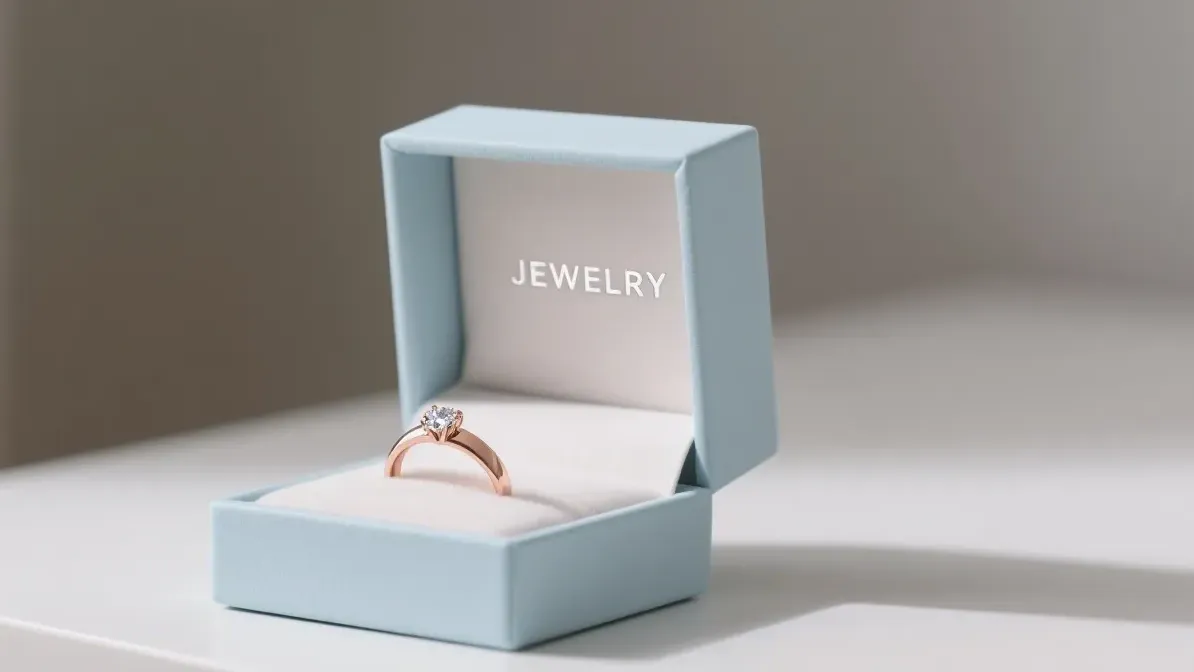
For large-scale jewellery retailers, an unreliable packaging supply chain poses a direct threat to revenue and brand reputation. The fundamental purpose of a successful jewellery packaging supply chain is to ensure every product is presented to the customer with absolute consistency and on schedule—an operational necessity for protecting profits and brand equity. This case study details… Continue reading The Complete Guide to Jewellery Inventory Management

Choose the right ribbon pull for your drawer jewelry box by considering material quality, width specifications, brand alignment, and installation methods. This comprehensive guide covers satin, grosgrain, and velvet options with expert tips for jewelry brands seeking professional packaging solutions. The success of your jewelry packaging lies in the details, and one of the most… Continue reading The Complete Guide to Jewellery Inventory Management
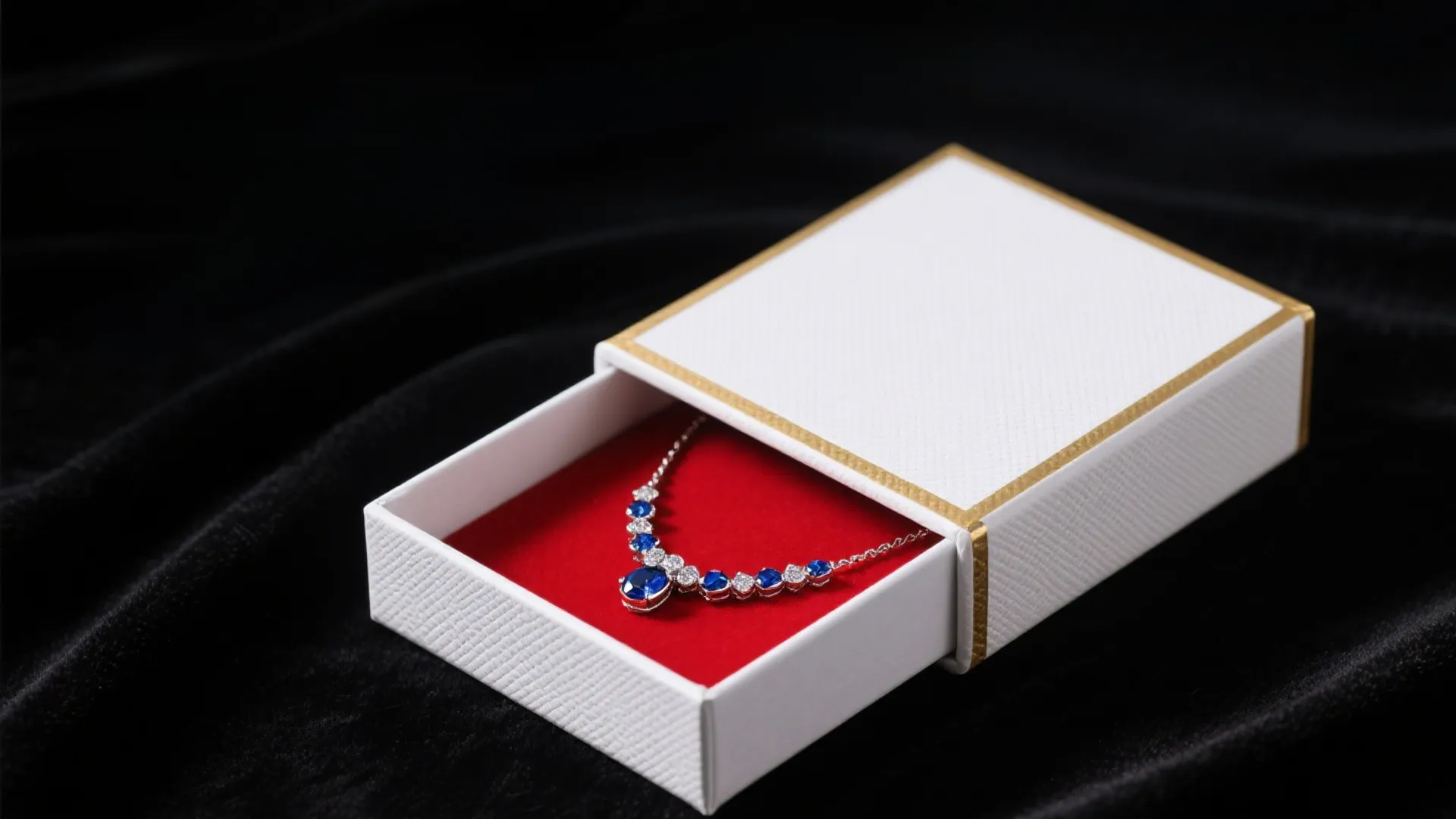
Revolutionary necklace insert designs are transforming jewelry packaging in 2025, featuring biodegradable velvet liners, molded bamboo trays, precision flocked foam, seed-embedded paper solutions, and silk-blend soft-touch materials that combine luxury presentation with sustainable innovation. The jewelry packaging industry is experiencing a dramatic shift toward specialized necklace presentation solutions. As brands recognize that necklaces require unique… Continue reading The Complete Guide to Jewellery Inventory Management

Stackable Jewelry Storage Boxes for Small Apartments | Space-Saving Solutions for Organized Living Bulk Order Options for Retail
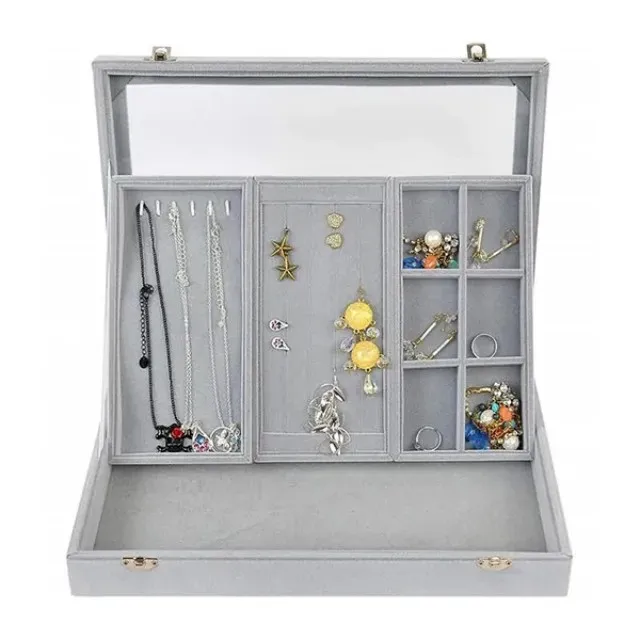
Wholesale Jewelry Organizers for Large-Scale Jewelry Suppliers | Crafted for Jewelry Wholesalers Needing Practical and Efficient Storage Solutions
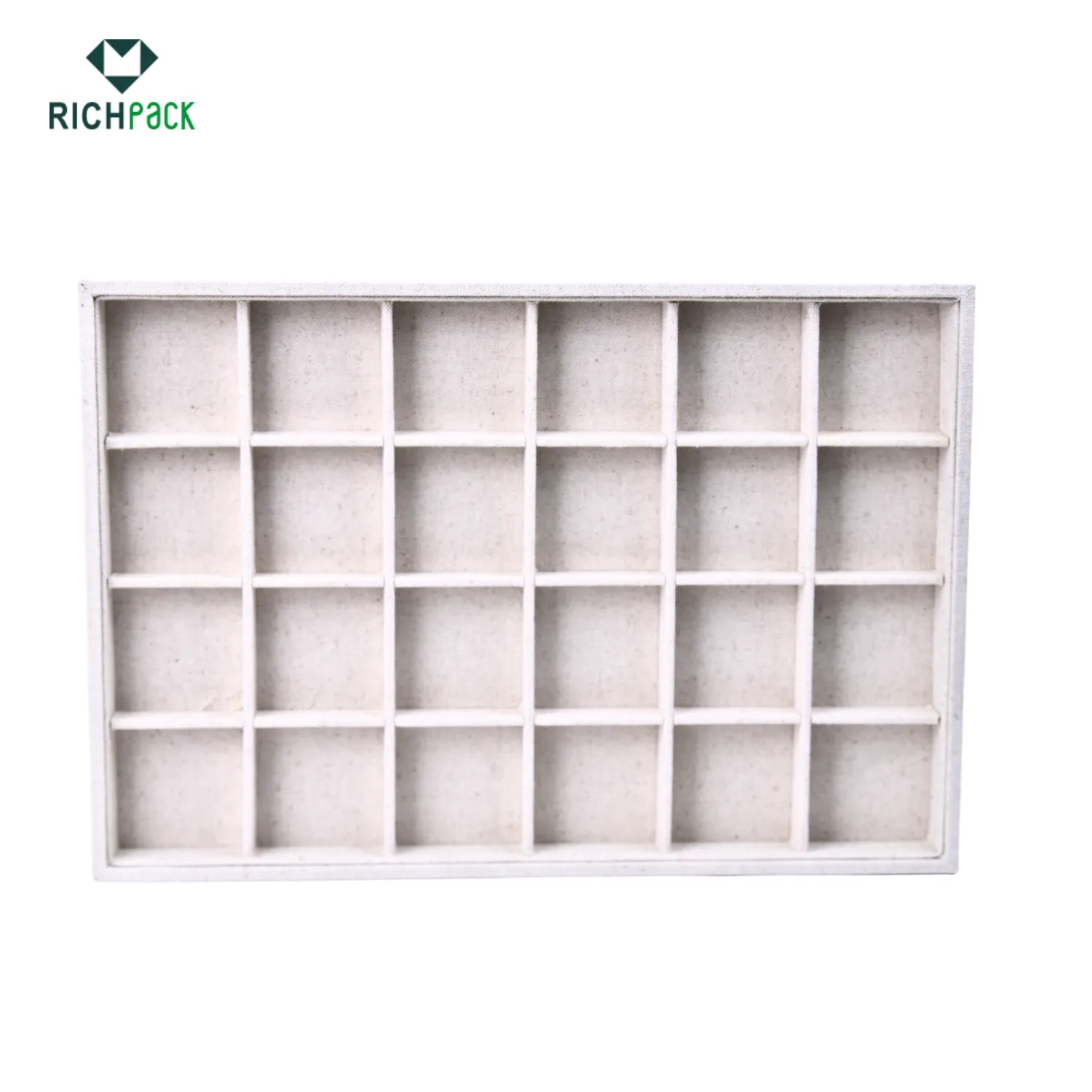
Custom Jewelry Storage Trays for Efficient Organization – Richpack 2025 High-Quality Jewelry Organizer Trays and Dresser Jewelry Trays

Functional Bulk Jewelry Trays and Organizers for Wholesale Orders | Efficient Storage for Jewelry Suppliers Focused on Large-Scale Inventory Management
View More
Affordable Custom Gift Boxes for Small Jewelry Shops | Budget-Friendly Packaging Solutions Custom Designs for Small Retailers
View More
Affordable Custom Jewelry Boxes for Independent Jewelers | Budget-Friendly Solutions with High-Quality Designs
View MoreJust submit your email to get exclusive offers (reply within 12 hours)